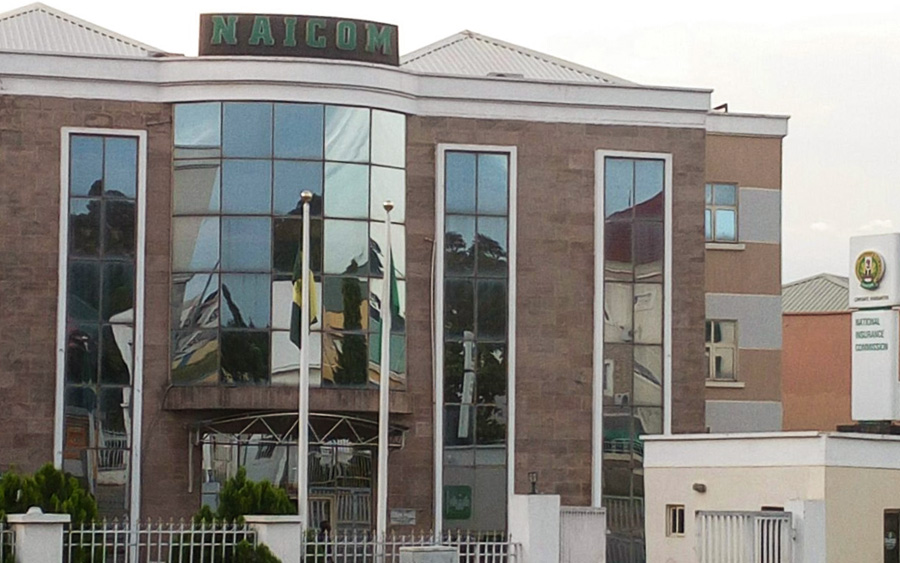Nigeria’s Manufacturing sector has continued to witness contraction, as the economy grapples with the spiral effects of the COVID-19 pandemic. According to the latest data released by the Central Bank of Nigeria, manufacturing PMI (i.e., Purchasing Manager’s Index) in the month of June stood at 41.1.
The latest figure indicates contraction in the manufacturing sector for the second time, a decline compared to 42.4 and 51.1 index points recorded in May and March 2020 respectively.
Key sectors wobble in contraction
Of the 14 surveyed subsectors, 5 subsectors reported growth (above 50% threshold) in the month of June in the following order: electrical equipment; cement; petroleum & coal products; transportation equipment; and paper products.
READ MORE: Nigeria’s external reserve drop by $261 million in 15 days, oil firms to sell forex to CBN
However, the remaining 9 subsectors reported declines in the following order printing & related support activities; textile, apparel, leather & footwear; primary metal; plastics & rubber products; nonmetallic mineral products; fabricated metal products; food, beverage & tobacco products; chemical & pharmaceutical products and furniture & related products.
As the manufacturing index recorded a decline, production level, new orders, employment level, and raw material inventories all recorded further decline compared to their May 2020 figures.
The composite PMI for the non-manufacturing sector stood at 35.7 points in June 2020, indicating contraction for the third consecutive month, but showing a gradual recovery in non-manufacturing activities when compared to 25.3 recorded in May 2020.
READ MORE: CBN’s forex intervention is counter-productive – Manufacturers
Also, all 17 subsectors surveyed under the non-manufacturing sector recorded declines.
What this means
PMI is a survey that is conducted by the Statistics Department of the Central Bank of Nigeria that shows the changes in the level of business activities in the current month compared with the preceding month.
For each of the indicators measured, this report shows the diffusion index of the responses, which is computed as the percentage of responses with positive change plus half of the percentage of those reporting no change, except for supplier delivery time, which is computed as the percentage of responses with negative change plus half of the percentage of those reporting no change.
READ ALSO: MARKET UPDATE: CBN’s historic agriculture lending; Is it yielding the desired results?
The latest PMI figure below 50 for the second consecutive months implies that Nigeria may post a bigger than expected contraction in the second quarter of 2020, as yet uncertainty clouds the global economy in the remaining quarters of the year.
Also, as key sectors continue to suffer contraction, unemployment may surge in the economy. According to the Economic sustainability plan recently released by the Nigerian government, unemployment may hit c.40% by the end of 2020.
You may download the PMI report by clicking here.

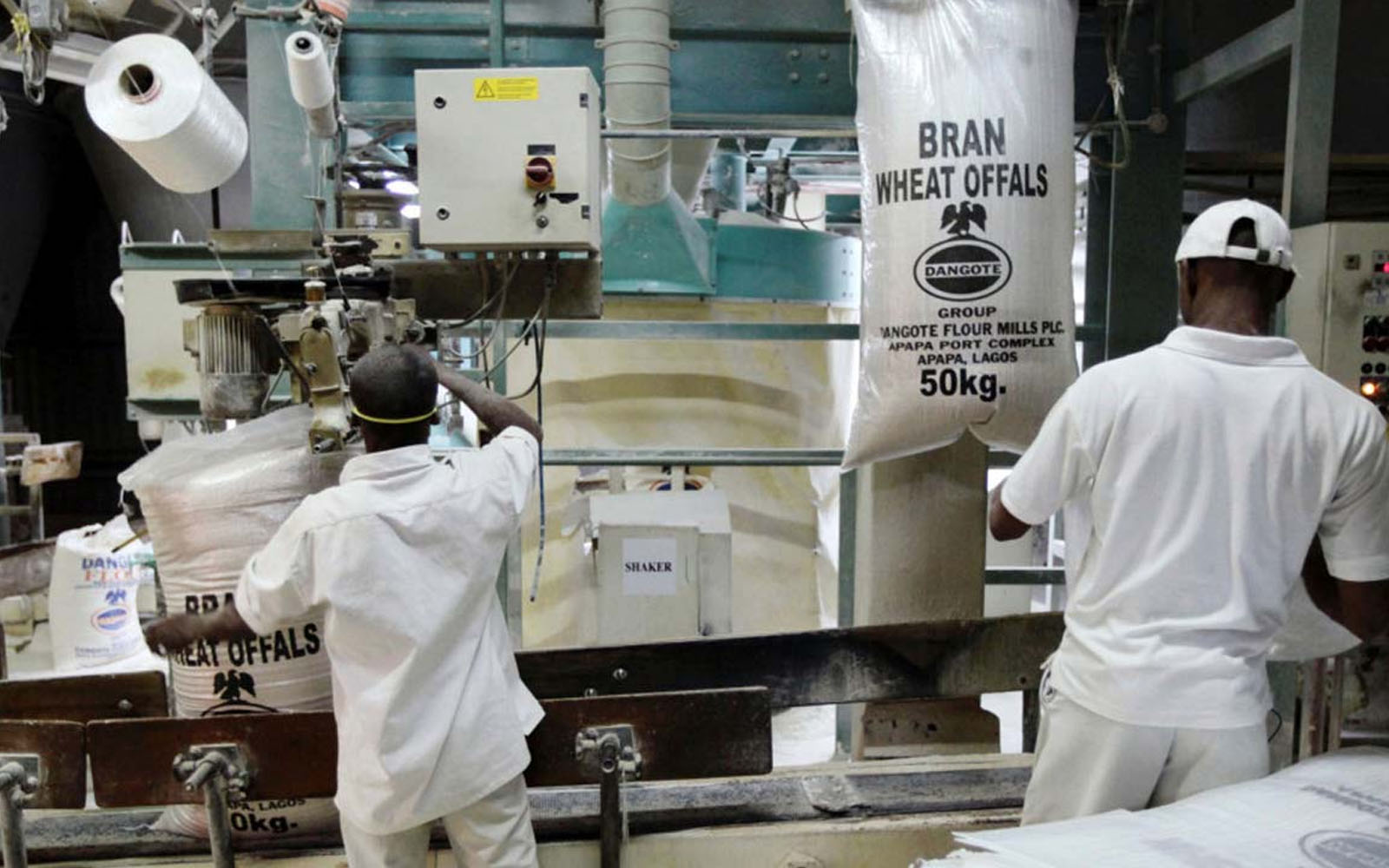







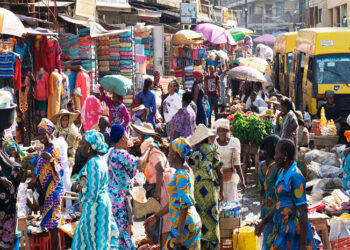
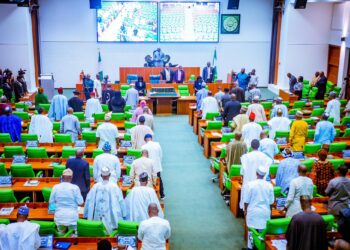
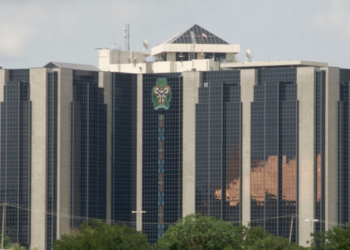




.gif)





